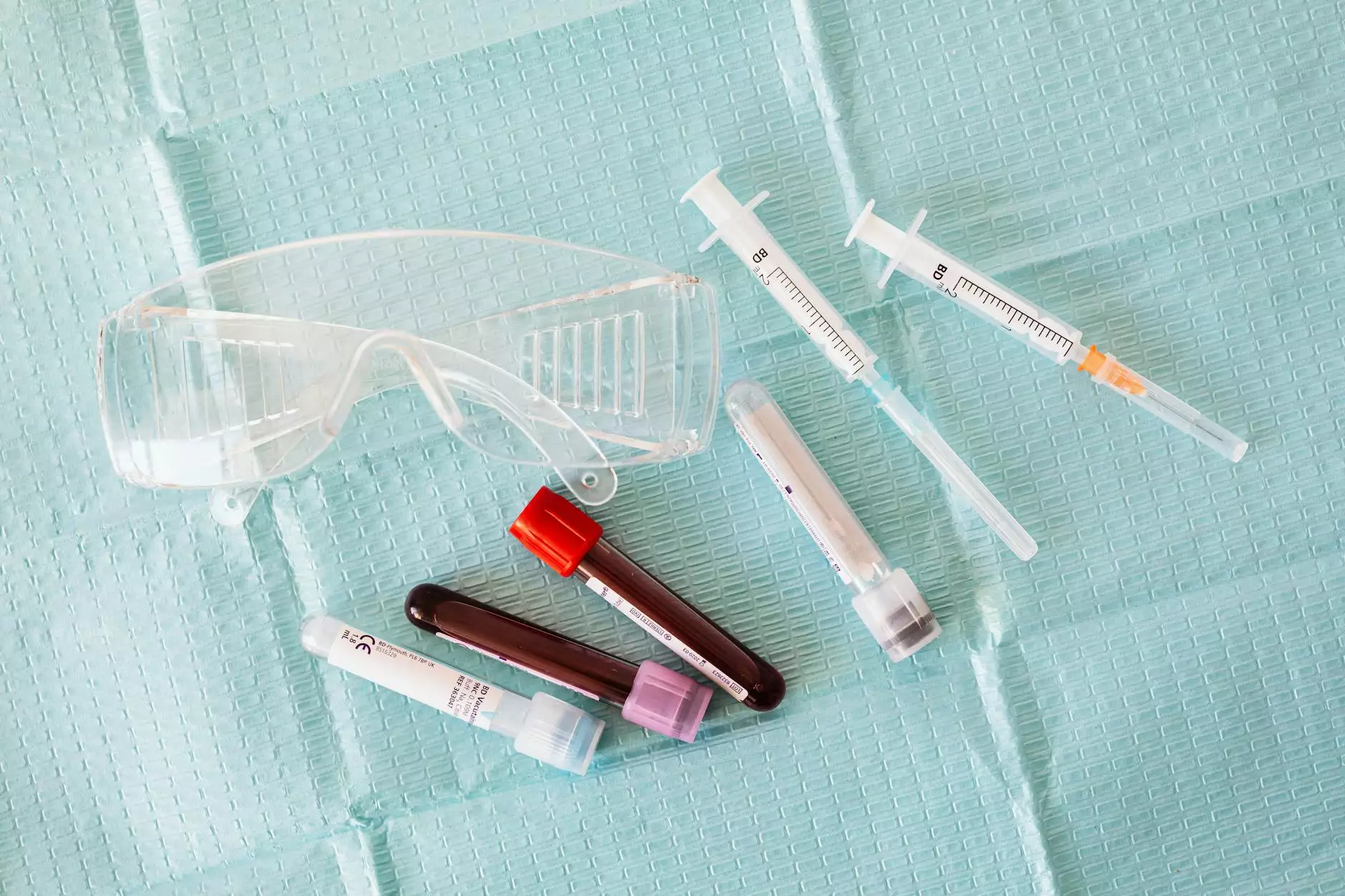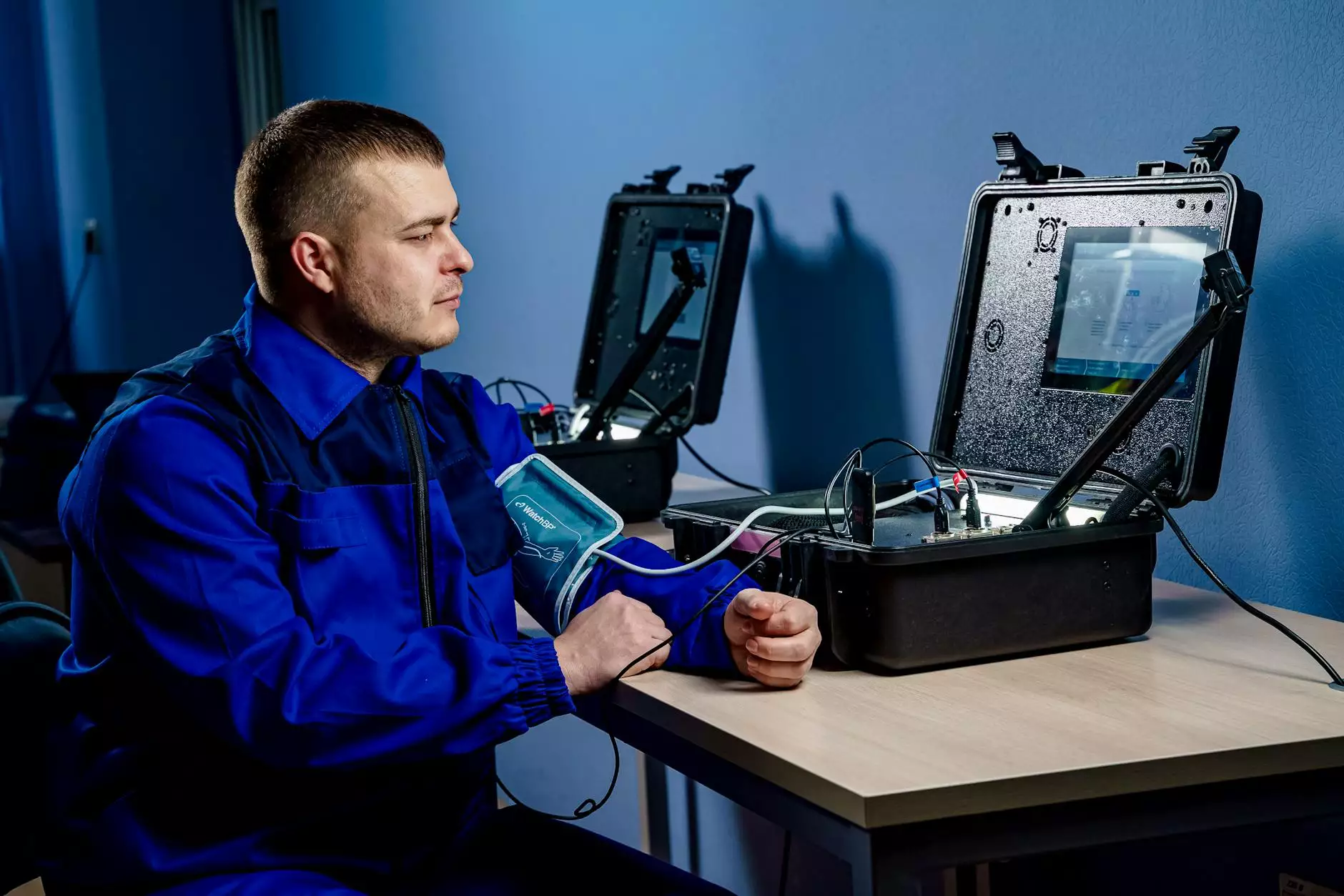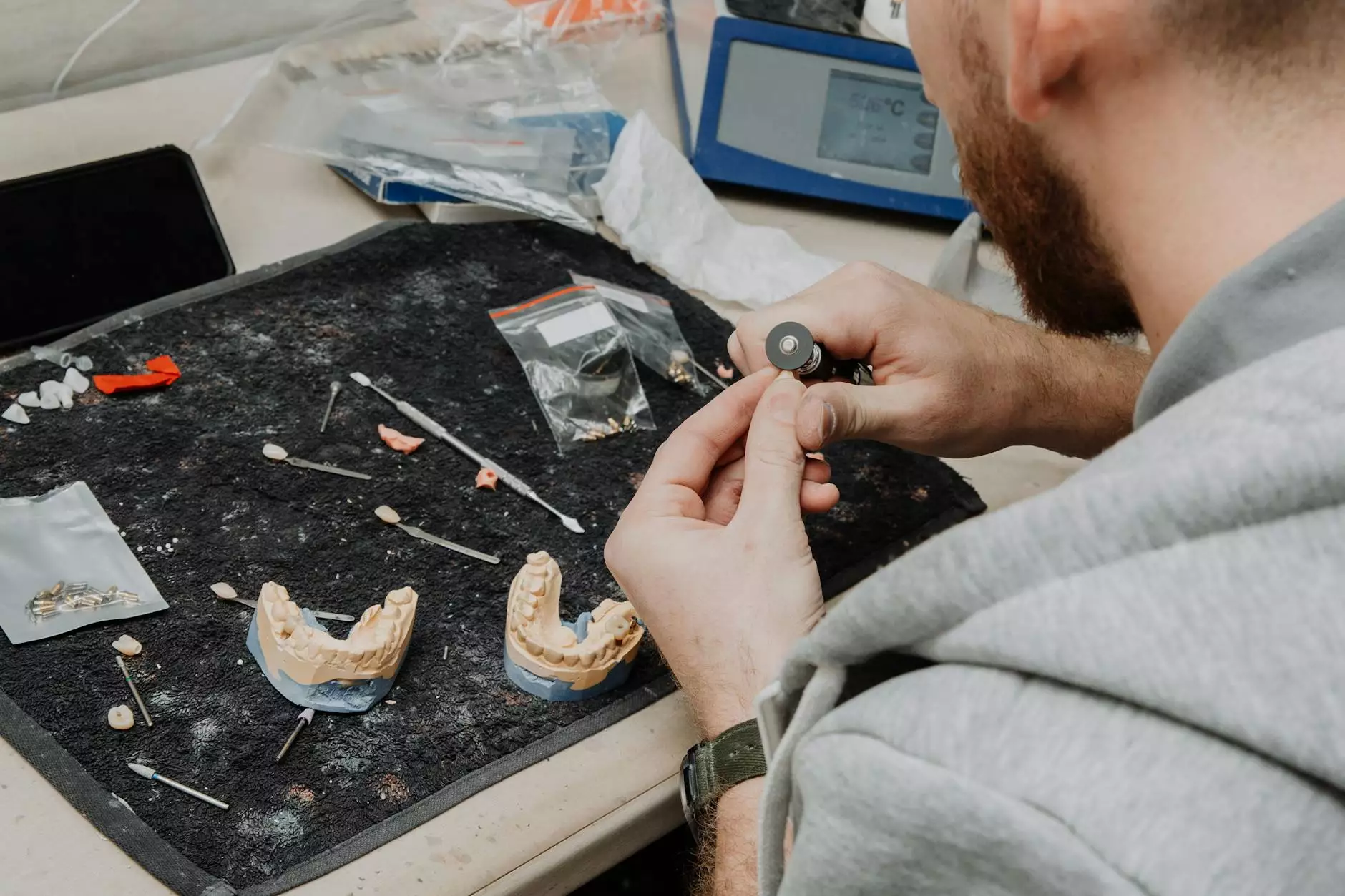Signs of a Blood Clot: Understanding Vascular Medicine

Introduction
Welcome to Vein Center of Arizona, the leading experts in the field of vascular medicine. In this article, we will delve into the important topic of "signs of a blood clot" and provide you with valuable insights to help you gain a better understanding of this condition. We understand the significance of identifying and addressing potential blood clot symptoms promptly, and our team of highly skilled doctors is committed to providing exceptional healthcare services in the area of vascular medicine.
Overview of Blood Clots
Blood clots, also known as thrombosis, occur when a cluster of blood cells forms a clump and obstructs normal blood flow. These clots can form in both arteries and veins, although their characteristics and associated risks differ. Arterial clots typically form due to the buildup of cholesterol and other substances inside the blood vessels, while venous clots often result from sluggish blood circulation or underlying health conditions. Both types of clots require immediate attention, as they can lead to severe complications if left untreated.
Common Signs and Symptoms
Recognizing the signs and symptoms of a blood clot is crucial in preventing serious health issues. Here are some of the most common indications that you should look out for:
- Swelling and Pain: Unexplained swelling, usually in the legs or arms, accompanied by persistent pain or tenderness can be a sign of a blood clot. This discomfort may intensify with movement or prolonged periods of inactivity.
- Redness and Warmth: The affected area may become red, warm, and visibly inflamed, indicating an underlying clot. This localized symptom usually indicates venous thrombosis.
- Changes in Skin Color: A bluish or pale appearance of the skin over the affected area may suggest limited blood flow due to a clot.
- Shortness of Breath: If a clot travels to the lungs, it can cause difficulty breathing, rapid breathing, chest pain, or coughing up blood. This condition, known as pulmonary embolism, requires immediate medical attention.
- Discomfort in the Chest: A blood clot forming in the arteries near the heart can lead to chest pain or discomfort. If you experience such symptoms, seek medical assistance promptly.
Vascular Medicine and Blood Clot Prevention
Vascular medicine specializes in diagnosing, treating, and preventing vascular diseases, including blood clots. Our team of dedicated doctors at Vein Center of Arizona combines their expertise in vascular medicine with cutting-edge techniques to provide comprehensive care to our patients. We prioritize prevention strategies to minimize the risks associated with blood clot formation.
Preventive measures often include:
- Regular Exercise: Engaging in physical activities improves blood circulation and helps reduce the chances of blood clots.
- Healthy Lifestyle Choices: Staying hydrated, maintaining a balanced diet, avoiding excessive alcohol consumption, and refraining from smoking are vital in preventing blood clot formation.
- Medication: In cases where patients are at high risk of developing blood clots, doctors may prescribe blood thinners or antiplatelet medications to reduce the likelihood of clotting.
- Compression Stockings: Wearing compression stockings can help improve blood flow, especially for individuals with a history of blood clot formation.
Treatment Options for Blood Clots
When it comes to treating blood clots, timely intervention is crucial. Our highly qualified doctors at Vein Center of Arizona employ advanced medical techniques to tailor personalized treatment plans for each patient's unique needs. Treatment options may include:
- Medication: Blood thinners, such as anticoagulants, can be prescribed to prevent further clot growth while allowing the body's natural processes to dissolve the existing clot.
- Catheter-Directed Thrombolysis: This minimally invasive procedure involves using medications delivered directly to the clot to dissolve it effectively, restoring normal blood flow.
- Thrombectomy: In cases where medication alone is insufficient, a surgical procedure may be recommended to remove the clot.
- Vena Cava Filters: For individuals at high risk of recurrent blood clots, the insertion of a filter into the vena cava can help prevent clots from reaching critical organs.
Conclusion
Understanding the signs of a blood clot is pivotal in ensuring prompt identification and treatment. The expert team of doctors at Vein Center of Arizona remains committed to safeguarding your vascular health. By adopting a proactive approach, emphasizing prevention, and employing state-of-the-art treatment options, we strive to provide exemplary care to our patients.
If you suspect or experience any signs of a blood clot, do not hesitate to reach out to us for a comprehensive evaluation. Your vascular health is our top priority.
signs of a blod clot








